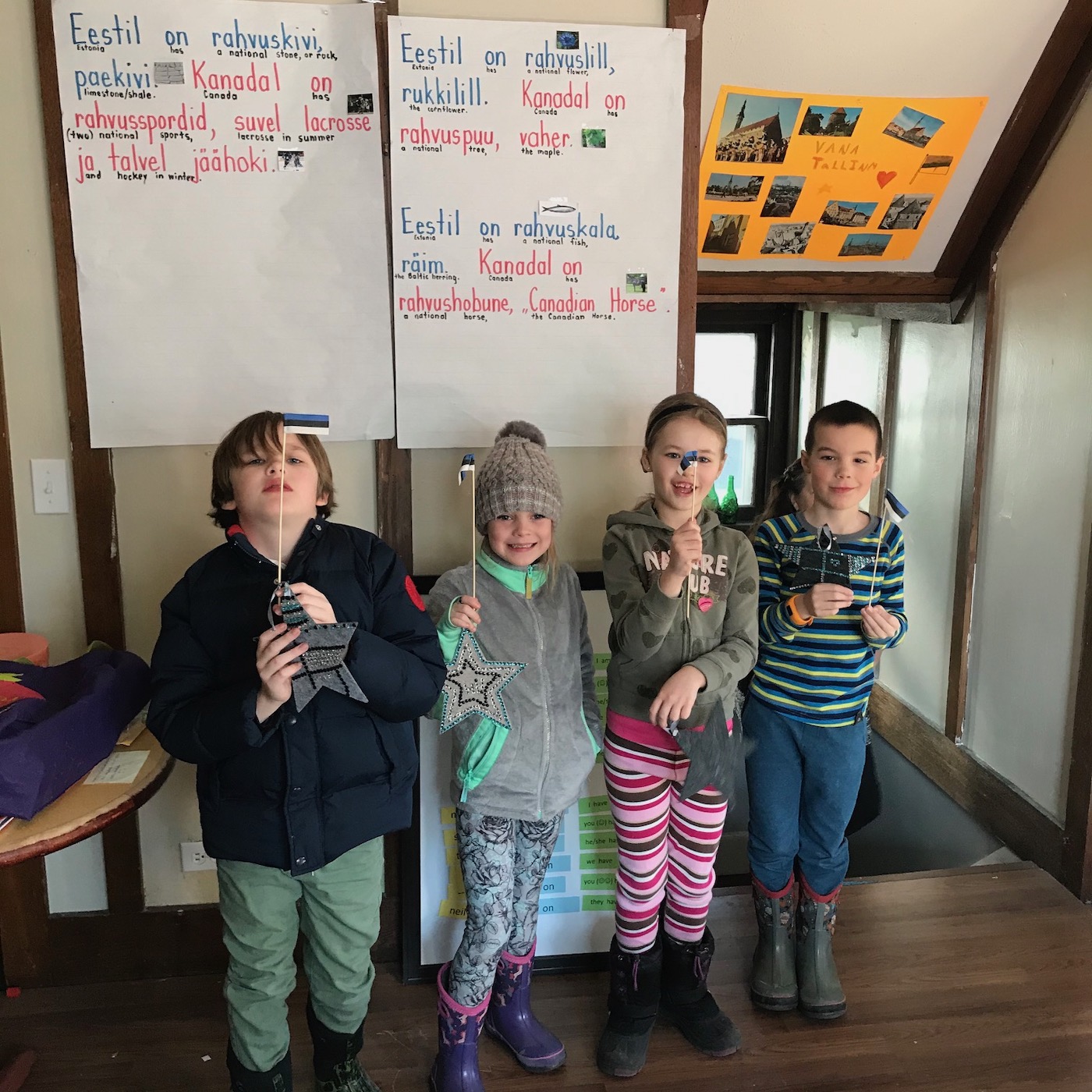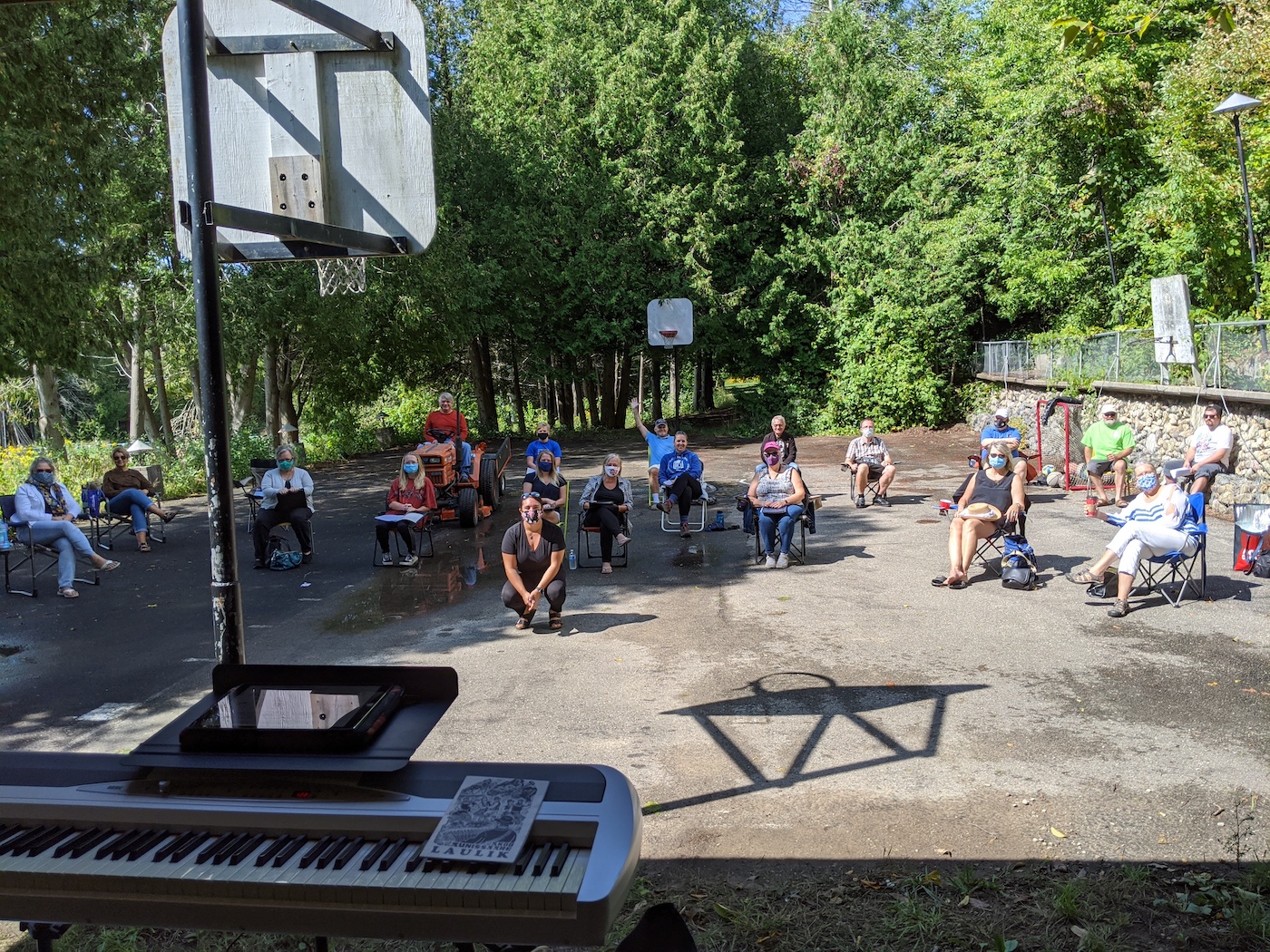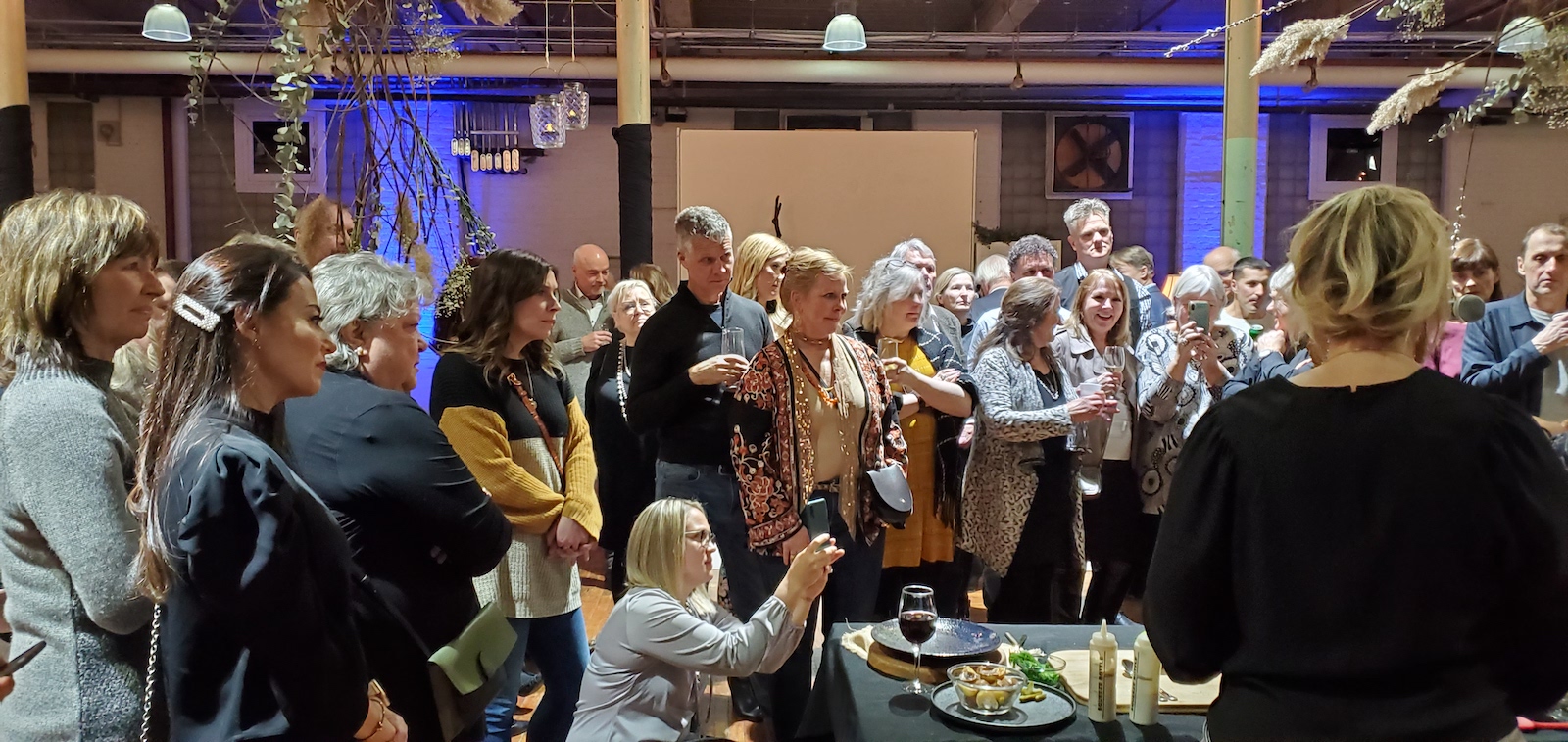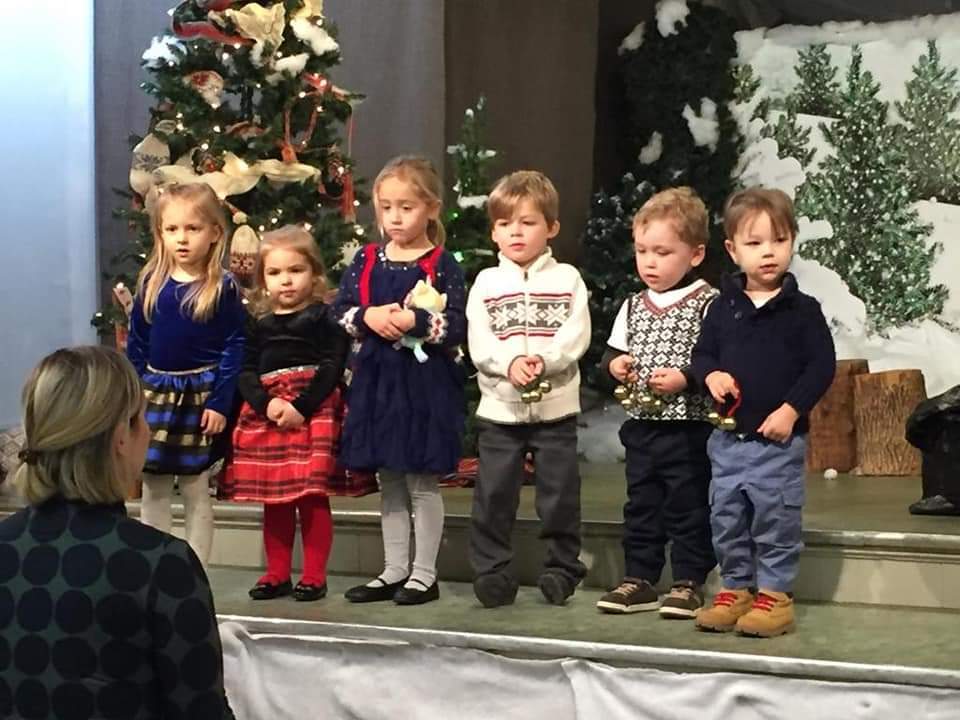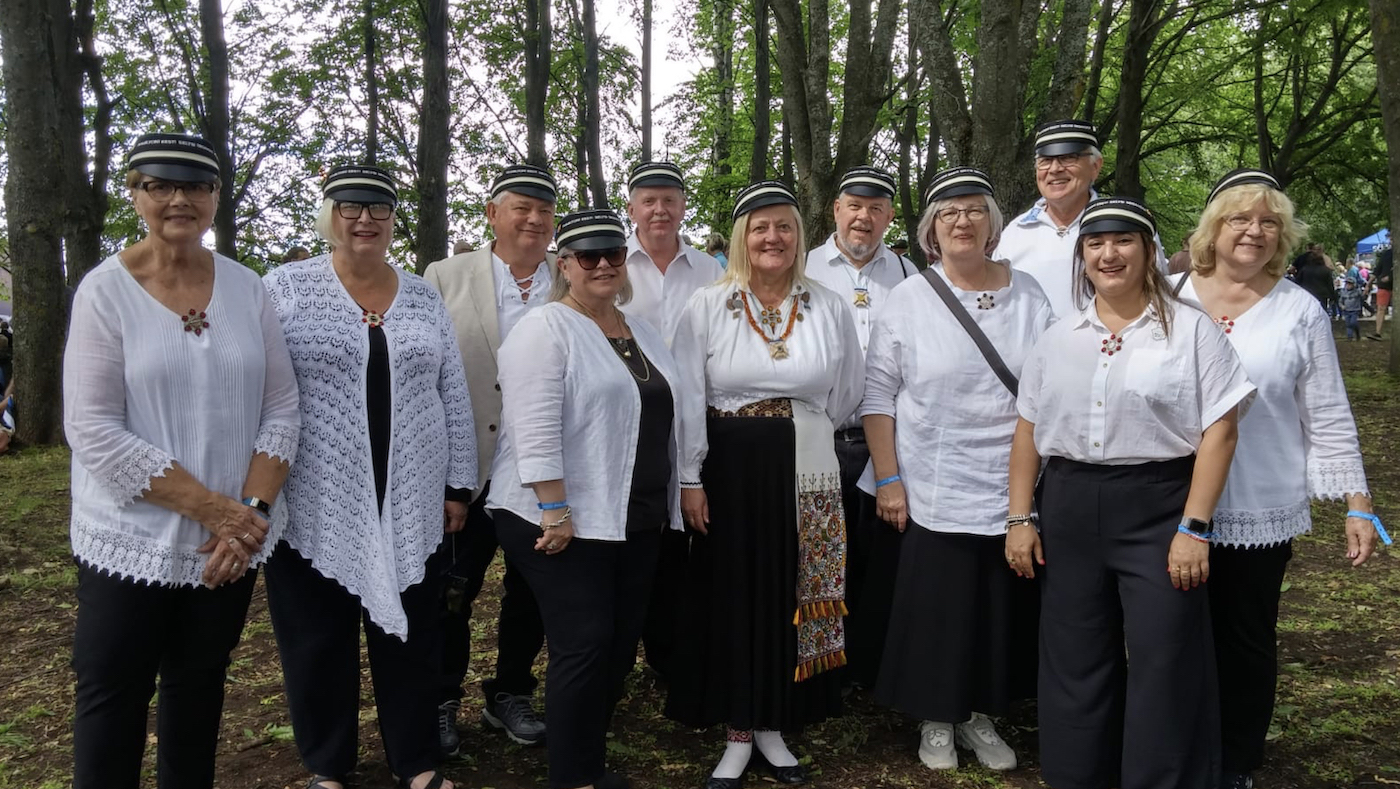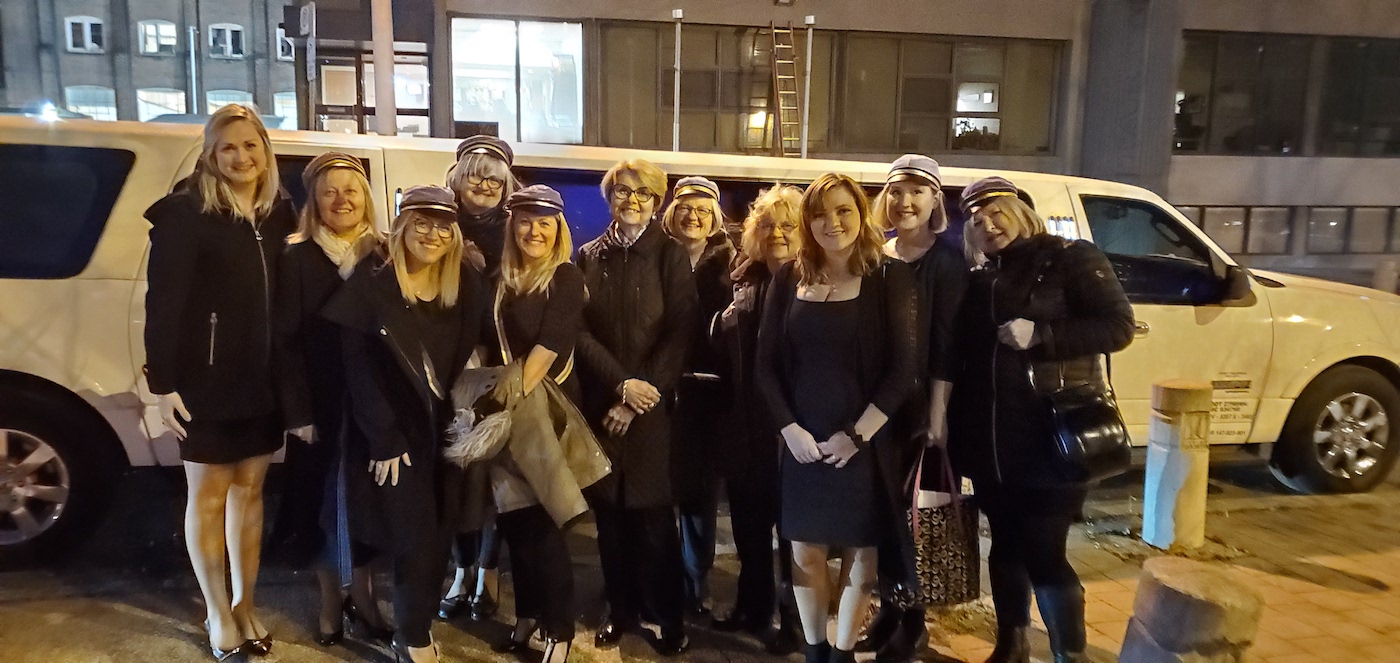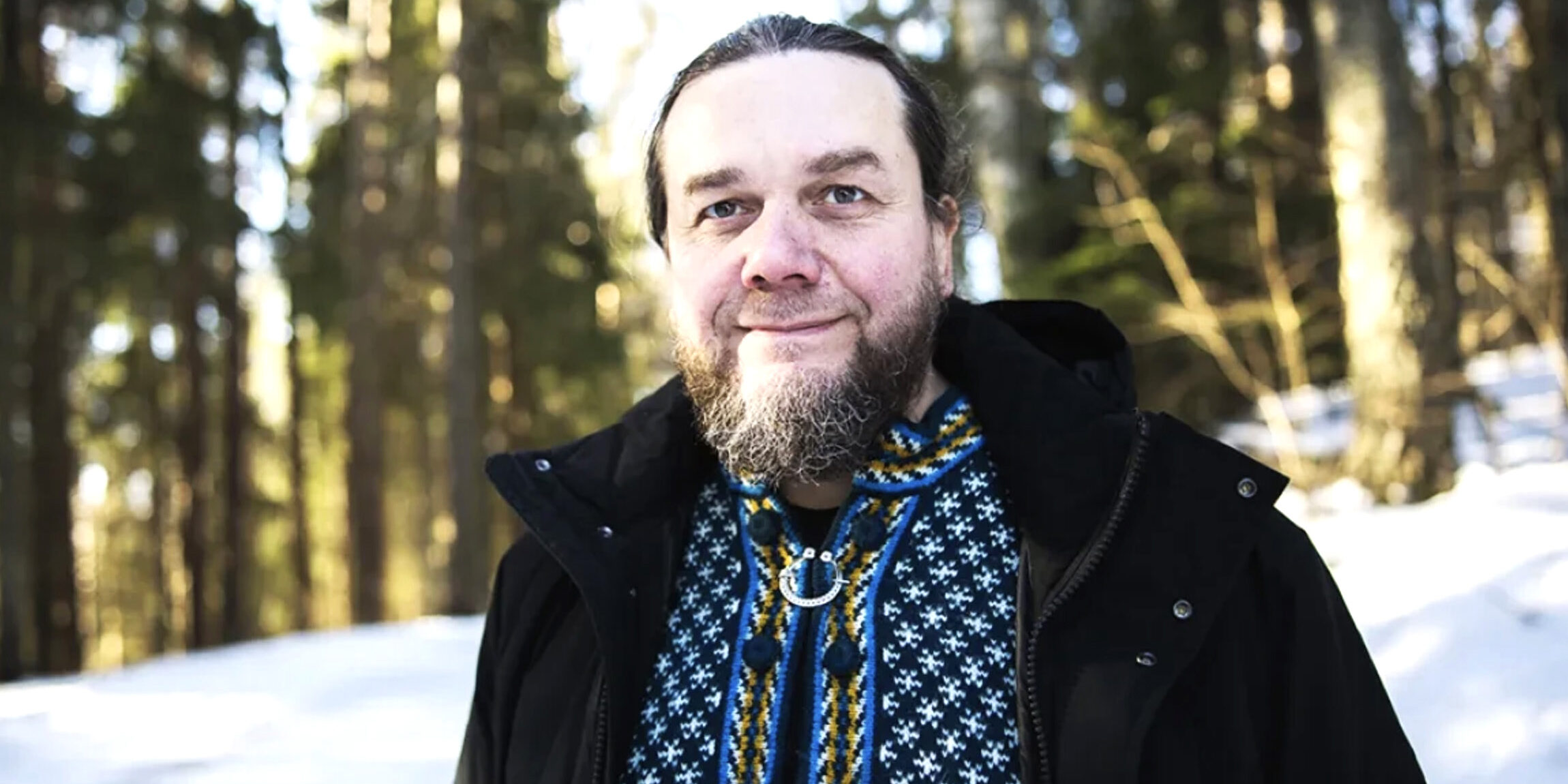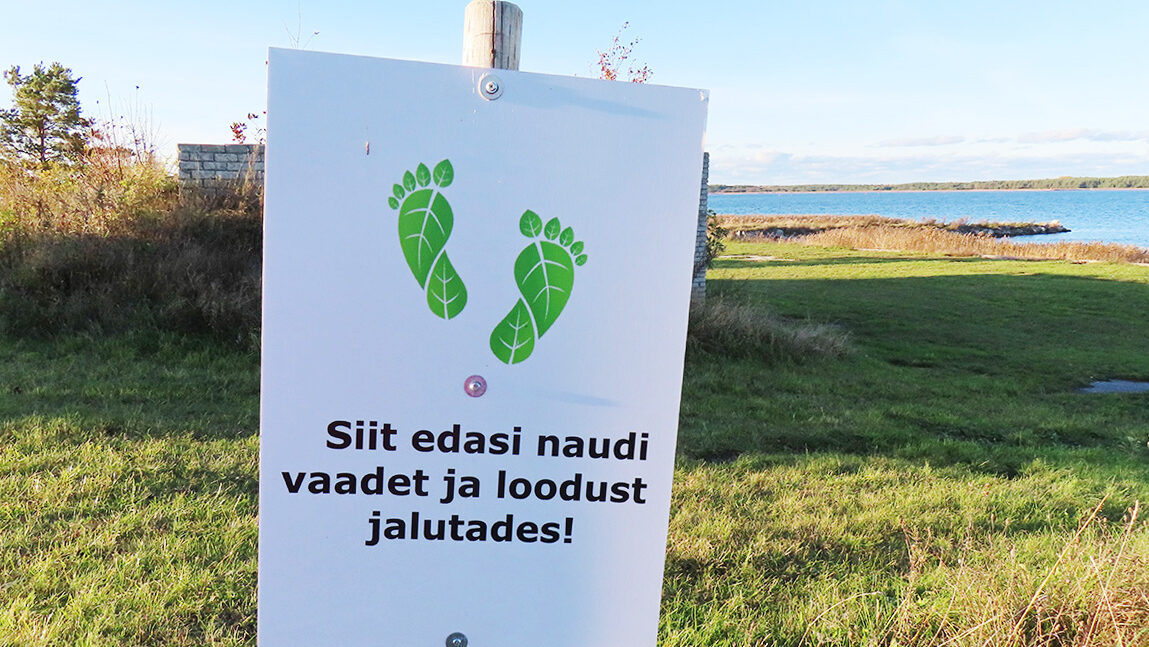It is easy to think that “someone else” will do the work to keep our community going, but I believe that community service and volunteerism begins with each and every one of us. If everyone offers to help and participates in whatever capacity they are able to, and donates both their time and resources accordingly, the Estonian communities in Canada will continue.
Describe your Estonian community
Although I grew up in Toronto , I have not lived there for the past 40+ years. The Toronto connection is still very strong, but regular participation in weekly events is not possible largely due to the length of time spent in travel. We drove our children weekly to the Toronto Estonian Schools, Scouts, Guides and numerous other events but as the commute continued to take longer and longer, it was time to reconsider and focus more on the Hamilton community, instead of trying to organize and be active in Toronto.
Hamilton has had a strong and active community since the 1940’s, and we are very fortunate to have our own Estonian House, which was gifted to the Estonian Lutheran Church by a generous donor in the 1970’s. This “residential” house on 3 Mapleside used to serve as a home for the minister, but lately it has provided a base not only for the Church but also a dedicated space for the pensioners group, the Mixed Choir, the Estonian School and the Hamilton Estonian Society. The number of active members in the Hamilton Estonian Society is about 150, but we have renewed optimism and hope to increase our membership and participation numbers when Covid restrictions end.
In 2007, we welcomed over 40 new members to the Hamilton Estonian Mixed Choir, which is the oldest mixed choir outside of Estonia. To celebrate its’ 60th year of continuous activity, the choir attended the Estonian Song Festival for the first time in 2009, and then again, in 2014 and 2019. The choir also performs regularly at most major local Estonian events and is a frequent guest performer at Seedrioru each summer.
In 2015, we restarted the Hamilton Estonian School with a steady participation of about 25 children and adults.
Hamilton has a Senior’s residence called Aberdeen Gardens where there are already close to 10 Estonian seniors. It is nice to keep our ageing Estonians together.
What makes your community unique?
We all work together and are now focusing on the inclusion of many young Estonian families who have moved from the GTA to the Hamilton area. There is great interest for these children to attend the Hamilton Estonian school
Korp! Amicitia has many active members who are part of Toronto Koondis, but who live in Hamilton/Cambridge/ Waterloo/Guelph/Grimsby and other Southern Ontario communities. Three years ago, we decided to host a meeting in Hamilton instead of travelling to Toronto. There were about 20 members in attendance, including 5 new ones, so the events have continued. Our highlight was to rent a limo to attend Komerss celebrations in Toronto and we also had a summer community event at Seedrioru this past June. We intend to gather again in the fall as Covid restrictions allow. Very exciting.
What are some recent accomplishments that you’d like to highlight?
The last major event before Covid shutdowns was “We the Nordic” organized by the Hamilton Estonian Society. This event was in lieu of a traditional formal February Estonian Independence Day “aktus” or assembly. The current board headed by Leila Hess and consisting almost entirely of 30-40 yr. old Estonians felt the need to organize an event that they would attend out of interest rather than duty. This new event was held at the Cotton Factory and attracted close to 200 attendees, many of whom had not attended an Estonian event for years. The success of the event also confirmed that people will attend a well-organized, new, interactive, entertaining, informal yet festive event to commemorate Estonia’s independence. There was a deliberate attempt to draw more attention to Estonia’s cultural similarity with other Nordic countries instead of focusing entirely on our political past.
What are some of the challenges that your community faces?
We share similar challenges to that of other Estonian communities with too few people volunteering to do the many jobs required to sustain the community.
What are community goals for the future?
There are currently hundreds of Estonians on the fringes who for various reasons are not engaged in any Estonian community activities, including but not limited to Hamilton. Since the structures and formats of the past do not adequately address the needs and wants of the current generation, we need to be more flexible and open to change. I believe we need the courage to try new events and adjust current programs to meet those challenges. Although the past will continue to be honored, the stubborn old attitude of “but we have always done it this way” could be changed to “How can we adjust our activities and events to suit this generation?”
How might your community or organization benefit from greater cooperation/collaboration with other Canadian Estonian communities and organizations?
If the various Estonian communities develop stronger communication among each other, the sharing of information can lead to better events and programs.
How do you envision future collaboration in this age of Zoom and global communication?
Perhaps a zoom meeting once or twice a year with representatives of all Estonian Canadian communities. An agenda could be prepared in advance outlying various topics to be discussed. This could be an EKN initiative. (NOTE: EKN has organized 3 such events over the past year and another is planned for late October)
It is quite likely that most routine and planning meetings will take place on ZOOM instead of having people drive to various locations. A clear benefit of Covid has been the elimination of personal travel times associated with various meetings. Also, not having to buy coffee, various meals and other meeting essentials saves every organization time and money.
How can the Global Estonian program “Üleilmse eestluse programm” (to be adopted by the Estonian government at the end of this year) be of assistance to your community?
Too often we hear about talented musicians, theatre groups, speakers, etc. visiting only one Estonian community (such as Toronto). If the other communities, like Hamilton were also made aware of these visits, it might be possible to arrange side trips for them to also visit other Estonian communities. In the past, Hamilton might have become aware of a visiting Estonian talent only after the fact or sometimes with very short notice, making it impossible to organize an event and losing a great opportunity.
There have already been many attempts to “globalize” Estonian communities, but historically they seem to fail. I believe that this is mostly because ALL communities in ALL countries do not upload their community information on a regular basis. OR… after the initial uploads are done, the lack of current updates makes many parts dated and people stop visiting. Public trust in the site is lost if they can’t find current information about their community or those who they are interested in at any given time.
A suggestion would be that there must be a dedicated site manager who not only actively follows up and removes old news but also initiates calls/emails to the various community leaders, checks the information posted and uploads new information. On the other end , we need volunteers contacting the “web master” with their information at regular intervals. Currently the global communities are mostly run, by overworked volunteer community leaders, of which many are not even computer savvy and in most cases the youth of these communities are “too busy” to find out new information themselves and post it to the site.
EKN Note: The development of a common information sharing platform for Estonians around the world has been a priority for EKN. The Global Estonian website https://globalestonian.com/en developed by volunteers EKN president emeritus Marcus Kolga and Canadian-Estonian Tarmo Saks was gifted to the Estonian government and is now the official government online platform for Global Estonians. This platform maps out all Estonian organizations, events and groups around the world, and produces a weekly Global Estonian report for the Estonian state broadcaster ERR. The Estonian government recently hired a second full time person to run the site. All Estonian communities from around the world are encouraged to forward their community information and postings directly to Tarmo Saks at tarmo.saks@integratsioon.ee on a regular basis.
Are there any annual or upcoming events that you would like to share?
Due to covid, Hamilton, like everyone else, is in “pause” mode. We hope to start up Hamilton Estonian School again this fall among other traditional activities. Many of the active members of the Hamilton Community have focused their attention on Seedrioru this summer, where a very activity rich and well-organized Day Camp involved most of the active Hamilton Estonian School children. An average of 25 children attended each day over the 3 weeks and the Hamilton Estonian Society volunteered to buy, prepare and serve one week of dinners for the campers with Kitchener, St. Catherines / London Estonian Societies picking up the other weeks.
On August 23, The Hamilton Estonian Society commemorated Black Ribbon Day together with the Latvian and Lithuanian communities by tying black ribbons on the commemorative Oak Tree planted at Hamilton’s Bayfront Park.
On Saturday, August 28th, Seedrioru organized a beach party fund raiser. There were about 150 participants and we raised over $5000. At one point, there were 36 “camp age” children swimming in the pool at the same time! It was a great day. The Hamilton Estonian school teachers were recruiting for the school, but everyone was very excited about the future of Seedrioru Camp too!
Where can one go to find more information about the various organizations and events in your community (e.g. websites, Facebook, Global Estonian website)?
www.hamiltonestoniansociety.ca
Facebook: Hamilton Estonian Society, Hamilton Estonian School
How would you portray your Estonian community in 3 words?
Vital, Rejuvenated, Inclusive.
The next article in this series will focus on the Vancouver Estonian community.
Reet Marten Sehr, EKN Vice President
